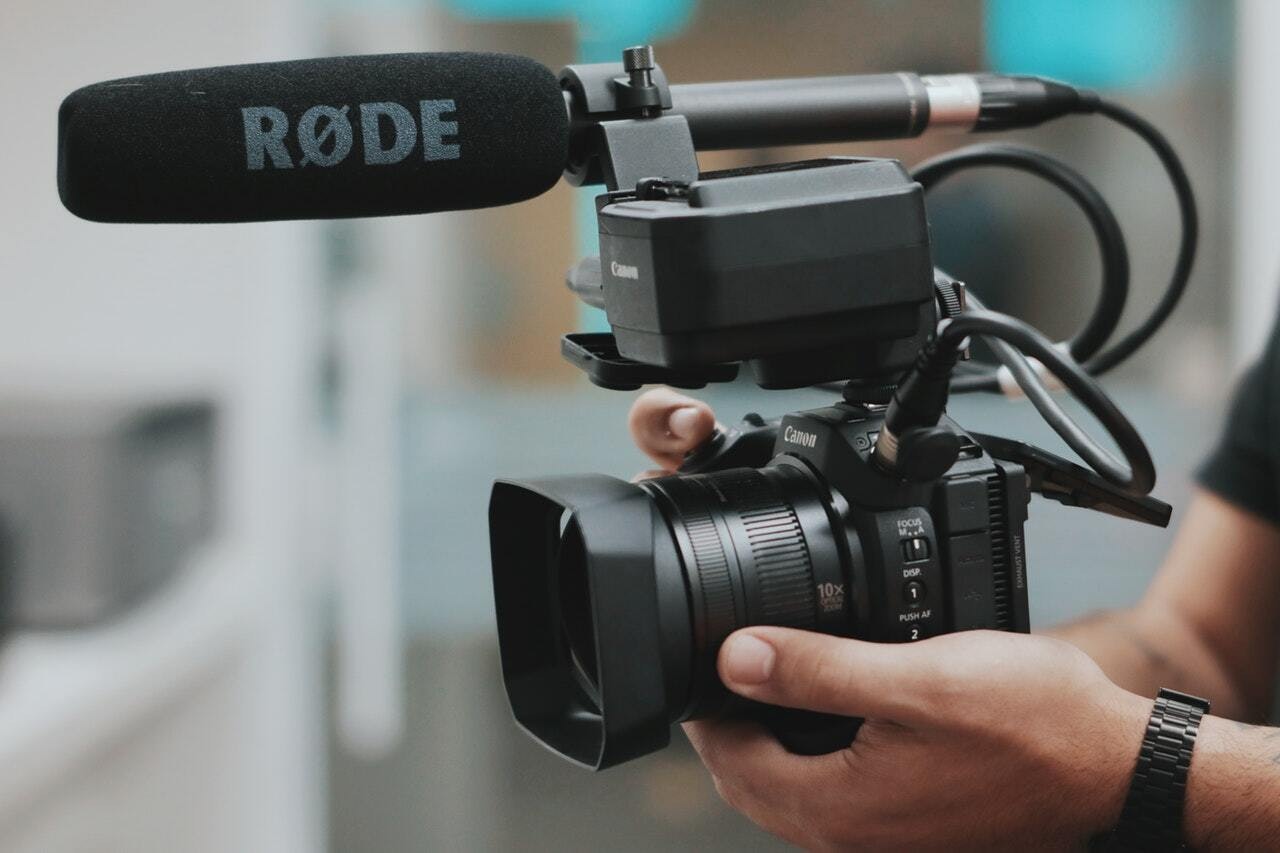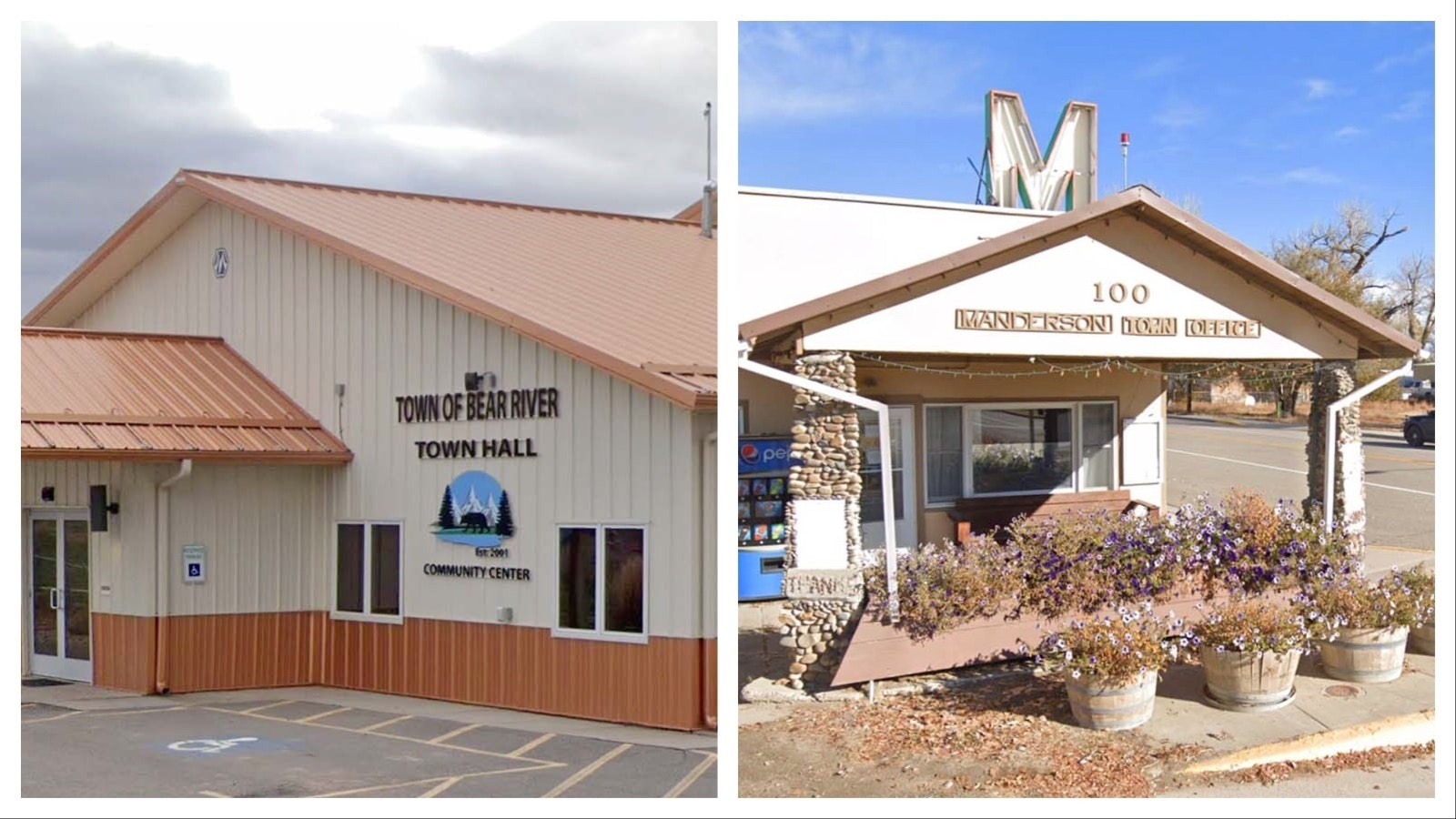As the last of the funding is drained from the Wyoming Office of Tourism’s Film Incentives Program, the state could see even less time on the silver screen.
Filming in Wyoming can be a hard sell for out-of-state companies such as Netflix and Thunder Road Films, which produced Wind River in 2017.
Diane Shober, executive director of the Wyoming Office of Tourism, explained a lack of film production infrastructure played a significant role among the many difficulties in luring production companies to Wyoming.
In the past, the state’s Film Incentive Program helped offset the difficulties of drawing film studios, travel shows and multimedia production firms to the state by offering a 12 to 15 percent rebate to companies that spent more than $200,000 shooting in Wyoming.
“We used the program as a recruitment tool for out-of-state production companies to use in-state production companies,” Shober said. “Having a film incentive doesn’t guarantee a company will shoot in your state, but without one, big film companies won’t even look at you.”
In 2009, the program provided Brown 26 Productions, which worked on Quentin Tarantino’s “Django Unchained,” with a $115,000 rebate for shooting parts of the movie in Wyoming. The movie’s total budget was estimated at about $100 million, according to Internet Movie Database (IMDb). In 2015, however, when Tarantino directed “Hateful Eight,” a movie about bounty hunters waiting out a Wyoming winter during the late 19th century, the film was primarily shot in Colorado, which Shober said has a robust incentive program.
Breaking down the numbers
Since its creation in 2007, the incentives program has returned about $2.1 million to production companies, Shober said.Wyoming’s checkbook, released in January by State Auditor Kristi Racines, includes checks issued by the Office of Tourism for the program from the last six years.
According to the checkbook, the office paid grants for about $322,000 in 2013, $167,000 in 2014, $366,000 in 2015, $402,000 in 2016, $248,000 in 2017 and $35,000 in 2018.
Shober said other than minimal funding for signage, the Film Incentives Program was the only grant program operated by the office.
The production companies listed on the checks range from big names like Red Bull Media House and Wells Fargo Bank to smaller multimedia companies like WZRD Media and Teton Gravity Research.
Every applicant was required to meet certain criteria to be eligible for the rebate. Requirements include $200,000 or more spent in the state, a storyline set in Wyoming, Wyoming footage in the production and listing Wyoming as a filming location in the credits.
Shober said the program funds were appropriated by Legislature, which also set the criteria for rebate eligibility.
“In this last legislative session, we had a bill requesting funding that made it out of the House,” she said. “But it died in the Senate on third reading.”
House Bill 164 would have transferred up to $16,000 from the Tourism Office’s main budget to the Film Production Incentive Program. Without the appropriations requested in House Bill 164, the incentives program is finished, Shober said.The program has not received an appropriation since 2009, she added.
A tale of two hunting shows
Gunwerks and Best of the West both film hunting shows in Wyoming focused on long-range shooting for the Sportsman Channel and others.
Both Cody companies were recipients of film incentive rebates between 2013 and 2018.
“The two companies were once one,” said Mike LaBazzo, Gunwerks’ director of business development. “Aaron Davidson, the founder of Gunwerks, is also the inventor of the Huskemaw scope. When he was a young engineer, he met Jack Peterson, who at that point had a video production company called Best of the West.”
After a falling out between the founders, the companies split and both started ramping up film production as a marketing tool for the then-controversial topic of hunting game at ranges of more than 300 yards.
When the companies were one and in their infancy, shooting game at more than 300 yards was frowned upon because of “hold over,” the vertical distance a hunter holds his scope’s center mark above the target to compensate for the amount a bullet drops over long distances, LaBazzo explained.
With a Huskemaw scope mounted on a Gunwerks custom long-range rifle, however, he said hunters no longer needed to guess how high to hold their center marks over the target. To get the word out, the company produced a hunting series for television. When the companies split, both shot their own series.
“‘Long Range Pursuit’ consists of two types of video,” LaBazzo explained. “One is hunting, and we do that anywhere in the world, but a lot of episodes are filmed here in Wyoming. In addition, we offer tech tips and shooting tips.”
With 21 episodes shot each year, he said it wasn’t feasible to film every one in the state, but they highlighted Wyoming as often as possible.
“We’ve always used our Wyoming roots as a marketing tool,” LaBazzo said. “We talk about Wyoming a lot in our show.”
From 2012 to 2018, Gunwerks received $202,000 in grants. It was the only company in 2018 to receive a rebate from the office of tourism. The money helped cover costs, but wasn’t essential to production.
“We had the show before (the incentives program), and we’re going to have the show after,” LaBazzo said. “What we were getting back certainly helps, but it wasn’t essential to us being able to make the show.”
Across town at Best of the West, however, the company’s vice president, Jim Sessions, said its show might suffer without the rebate.
“We learned it was disappearing around January 2018,” Sessions said. “It has significantly affected our ability to produce episodes.”
“The Best of the West” TV show first aired in 2003 and has produced hundreds of episodes since. In 2010, Nielsen reported the show reached 4.7 million households.
“We’ve aired on a number of channels including the Mens Channel Outdoors, Pursuit and the Sportsman Channel,” Sessions said. “I always thought we portrayed Wyoming very positively.”
Without the incentive program’s rebates, which have amounted to $244,000 over the years, he said Best of the West has cut its episode load by half and the future of the show could be at risk.
Shober said the incentives program was not likely to be revived in the near future.
“Not every state has an incentive program, and some state’s are consolidating their’s,” she said. “There has to be a legislative appetite for a program like this, and right now, in Wyoming, I don’t know that there is.”





